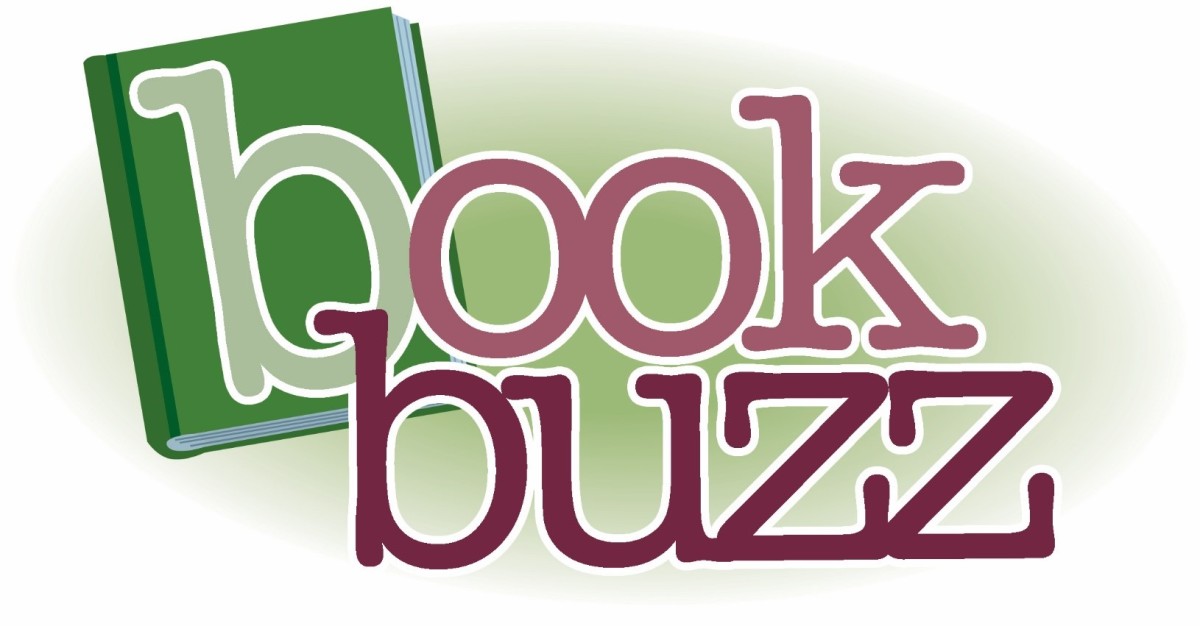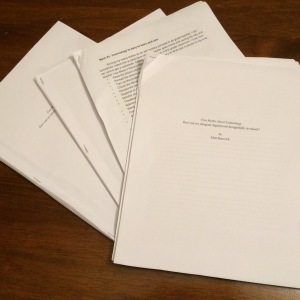Literacy for All
Sometimes a question is so beautiful it becomes part of you. One such question, posed to me last year by a grade 5 student, has stuck with me in my work as a district literacy specialist. While interviewing students as part of developing our school board’s literacy strategy, I had the opportunity to chat with a group of students attending a school that specifically supports students with complex learning disabilities. The classrooms in this school sound very similar to the literacy intervention classrooms Jennifer Allen describes in chapter 7 of her book Becoming A Literacy Leader. After sharing all of the helpful ways their teachers had prepared them to learn and reintegrate into their community school, one student leaned in and stated, “I just don’t know why the teachers at my old school couldn’t have taught me this way. I don’t know why I had to leave my school to learn”.
What a beautiful question. We know that “every student deserves a great teacher, not by chance, but by design” (Fisher, Frey, & Hattie, 2016, p. 2) and with this question in mind, I thought about what every teacher might take away from Jennifer’s description of a literacy intervention classroom. What structures and elements might make our classrooms and our teaching effective for ALL students?
There are many research-based principles and characteristics that teachers can use to design effective literacy classrooms. Jennifer specifically mentions the success of the following practices, which could easily be taken up in any classroom:
- daily reading and writing
- quality books to hook students
- explicit strategy instruction
- predictable classroom routines
- ongoing assessment
- chunking instruction
Identifying the “bubble-kids”
Jennifer’s description of literacy intervention classrooms specifically mentions that these classes were designed to support the ‘bubble kids’. Each school has a different name for the students who are slightly below grade level. Some people call them “bubble kids” or ‘at-risk’ students. Names matter. They carry immense power to impact student’s self-concept. While chapter 7 has nothing to do with what we name this group of students, I believe it is important to address before looking at effective structures and strategies for literacy learning.
This summer one of my colleagues introduced me to the term ‘at-promise’. I instantly loved it. We know literacy itself is a political act and the way we frame and name groups of students matter. Let’s begin thinking about students who are slightly below grade level by thinking about the promise of success they hold.
Let’s also think about how we identify the ‘at-promise’ students. Jennifer presents a rich process including student criteria, classroom observations, and conversations with classroom teachers and parents (p. 134 – 137). However, one addition I would add is to talk with students themselves. Students need to be active agents in their education and contribute to the decisions made towards their success. Our ‘at-promise’ students do need a different level of support from us and so it is important to identify them early on in the school year. As you plan for the beginning weeks of school, how will you come to know your students as literacy learners? How will you forge strong relationships with your ‘at-promise’ students?
A slow start
Another aspect of literacy intervention classrooms Jennifer describes is using the first month as a “Literacy Boot Camp”. School start up is already a stressful time of transition for students, families, and staff. Intentionally building a learning community and “opting for simplicity and consistency, we [can slow] down the start of the year and [take] the time to teach the whole class our expectations” (Allen, 2016, p. 139). Spending time on how a classroom community will learn together and building strong relational trust will provide a solid, positive foundation for the rest of the school year.
Harvey Daniels also talks about the importance of beginning the day (not just the year) with soft starts in his book The Curious Classroom. He shares that “when we let kids find their own way into the day, we activate their curiosity and sense of self-direction, mind-sets that serve learners well in the formed inquires that follow” (Daniels, 2017, p. 59). When I transitioned from beginning my kindergarten teaching days with scripted carpet time to an open inquiry and play block, I noticed a huge change in my students and myself. We lost the rushed ‘have to’ feeling and found the joy of learning and community.
Large blocks of uninterrupted literacy instruction
Time is a precious commodity in schools and as teachers we must make strategic decisions and advocate on behalf of what we know our students need. We know that extended time for child-directed learning, at least an hour, results in sustained engagement (Banjeree, Alsalman, & Alqafari, 2017, p. 301). When comparing a regular classroom with a literacy intervention classroom, Jennifer points out that the transitions can be quite different. In regular classrooms, students move between teachers and supports frequently. In a literacy intervention classroom, the “teacher has the whole class for the entire day and does not have to worry about reteaching lessons” (Allen, 2016, p. 138).
This is where I challenge all teachers to critically look at the decisions you can make in your day. How can you arrange your instructional time so that transitions are minimized? What are you doing in your school day that you can let go of? What are the pieces that ‘have to’ stay or are beneficial to keep? During my last full year of teaching kindergarten my class included many students who were working on improving their social skills and behavior. Simplifying our daily schedule and creating large blocks of integrated learning time gave these students in particular, time to sink into their learning and the opportunity to develop sustained engagement.
Effective literacy classrooms, by design
While the approaches Jennifer presents are specifically framed to benefit ‘at-promise’ students, I think we all can agree these are equally important for every classroom. These are the exact components that the grade 5 student I mentioned earlier wished her community school’s teachers had offered her. After reading chapter 7, I sat with the question about what was truly different in the classrooms Jennifer described. I’m left with the feeling that while there might be differences, with a knowledgable and caring teacher, there doesn’t have to be. Each of us can pick up these practices and structures and create classrooms where all learners thrive in their literacy learning.
References
Allen, J. (2016). Becoming a Literacy Leader. Portland, Maine: Stenhouse.
Banjeree, R., Alsalman, A., & Alqafari, S. (2017). Supporting sociodramatic play in preschools to promote language and literacy skills of English language learners. Early Childhood Education, 299-305.
Daniels, H. (2017). The Curious Classroom. Portsmouth, NH: Heinemann.
Fisher, D., Frey, N., & Hattie, J. (2016). Visible Learning For Literacy. Thousand Oaks, CA: Corwin.





 We had just finished our six-week long study-group centered around Christopher Lehman’s book Energize Research Reading and Writing. We had read, learned, talked and laughed our way through the book. The teachers were eagerly using the things we had read about in their classrooms already. By all accounts, our study-group was a success.
We had just finished our six-week long study-group centered around Christopher Lehman’s book Energize Research Reading and Writing. We had read, learned, talked and laughed our way through the book. The teachers were eagerly using the things we had read about in their classrooms already. By all accounts, our study-group was a success.